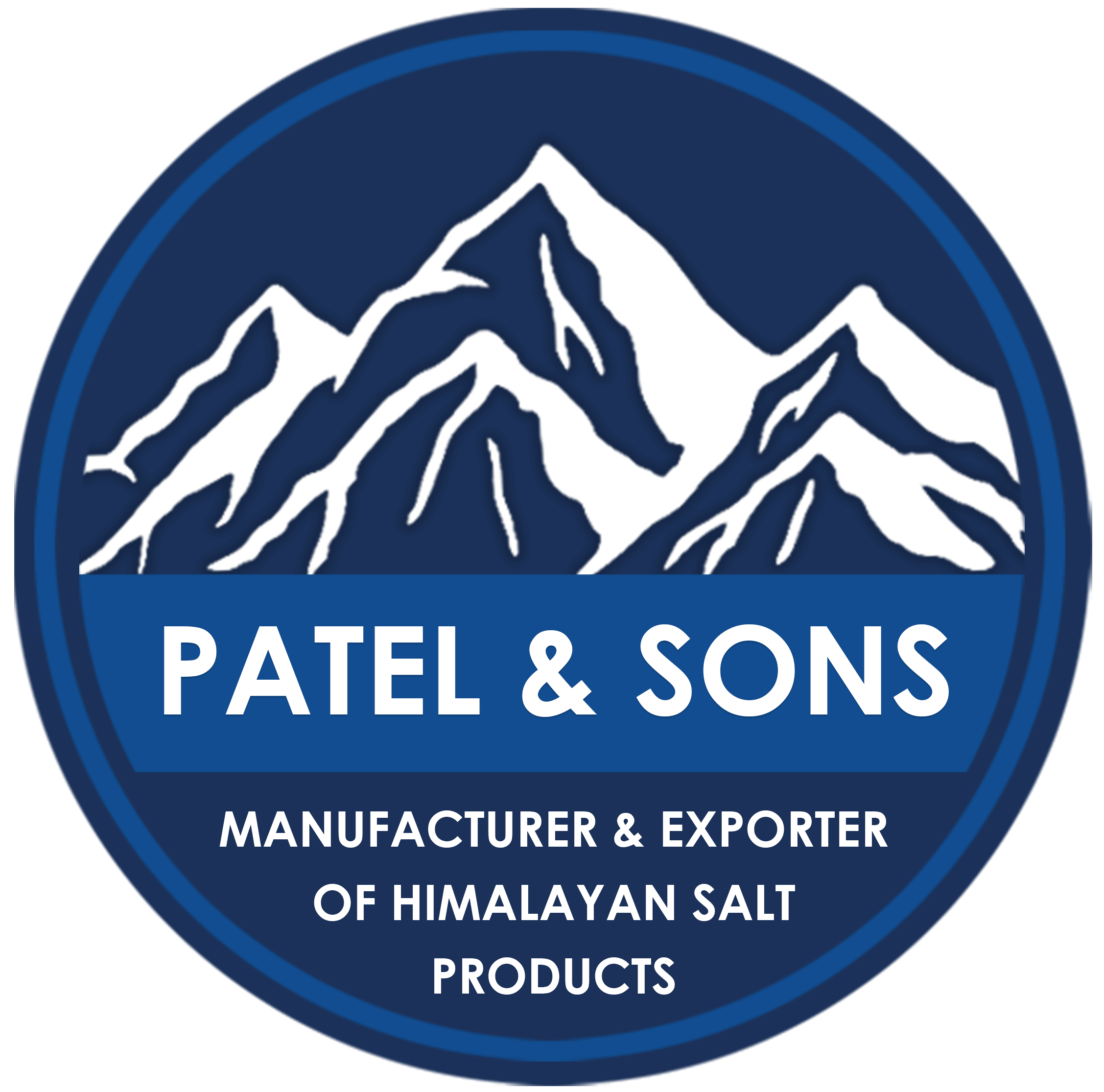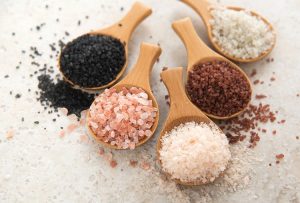Edible Himalayan salt isn’t just known for its distinctive pink hue—it’s a flavorful and health-conscious option for everyday cooking. Harvested from ancient salt mines in the Himalayan region, this natural salt contains trace minerals like calcium, magnesium, and potassium that give it both nutritional value and a unique taste. Whether sprinkled over dishes or used during cooking, it serves as a wholesome alternative to processed table salt.
Edible Himalayan salt is increasingly favored by health-conscious individuals looking for a more natural and flavorful substitute for conventional table salt. Recognized for its signature pink color and abundance of trace minerals, this ancient salt brings both taste and wellness to the table.
In contrast to highly refined table salt that often includes additives such as anti-caking agents, Himalayan salt undergoes minimal processing. This helps preserve its original mineral composition and purity, making it a cleaner, more wholesome seasoning choice.
Health Advantages of Edible Himalayan Salt
What sets edible Himalayan salt apart is its rich composition of over 84 trace minerals, including vital nutrients like calcium, magnesium, potassium, and iron. These minerals support a wide range of bodily functions and everything from promoting strong bones and healthy muscles to helping regulate hydration and electrolyte levels.
For example, the natural iron content not only gives Himalayan salt its signature pink hue but also contributes to improved blood quality and energy production. Meanwhile, calcium and magnesium play key roles in maintaining bone density and muscle performance, reinforcing its value as part of a well-rounded diet.
Top 3 Health Benefits of Edible Himalayan Salt
- Boosts Respiratory Function
Himalayan salt is often used in halotherapy (salt therapy) to relieve respiratory discomfort. Its natural anti-inflammatory and antimicrobial properties can help clear mucus, ease breathing difficulties, and provide relief from conditions like asthma, allergies, and sinus congestion. - Promotes Detox and Hydration
When mixed in water, Himalayan salt creates a mineral-rich solution known as “sole water” that helps flush out toxins and balance the body’s pH. This solution also aids in better hydration, especially after intense physical activity or heat exposure. - Aids in Digestion
This pink salt can enhance the body’s digestive function by stimulating the release of enzymes and digestive juices. It supports nutrient absorption, helps stabilize stomach acid levels, and can alleviate common issues like bloating, acid reflux, and indigestion.
Culinary Uses
Himalayan pink salt isn’t just valued for its health properties and it also elevates your cooking. Its subtly complex flavor adds depth to a wide range of recipes, including grilled steaks, sautéed veggies, and even baked goods. Whether used as a finishing touch on salads, blended into spice rubs, or for preparing salt-crusted dishes, it brings both taste and visual appeal to your meals.
3 Simple Ways to Add Edible Himalayan Salt to Your Meals
- Swap it in your kitchen: Start by using Himalayan salt in place of your usual table salt for daily cooking and seasoning.
- Boost hydration: Add a small pinch to your drinking water to enhance mineral intake and support electrolyte balance.
- Get creative with salt blocks: Experiment with Himalayan salt blocks for grilling, searing, or serving dishes that they add a unique flavor and visual appeal to your presentation.
Final Thoughts
Switching to edible Himalayan salt is a flavorful and health-conscious choice. Packed with essential minerals and free from additives, it supports both culinary creativity and wellness. By incorporating this natural salt into your diet, you elevate not just the taste of your meals, but also contribute positively to your daily nutritional intake.









